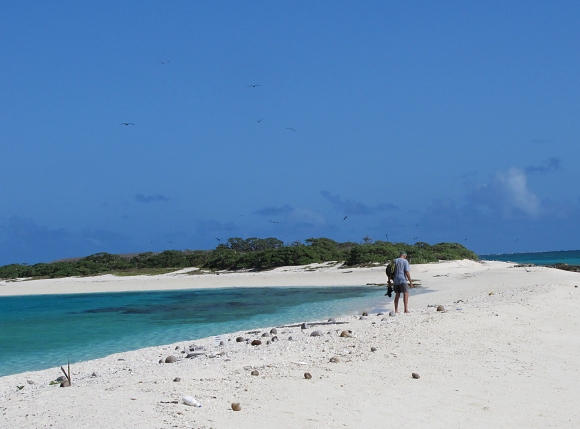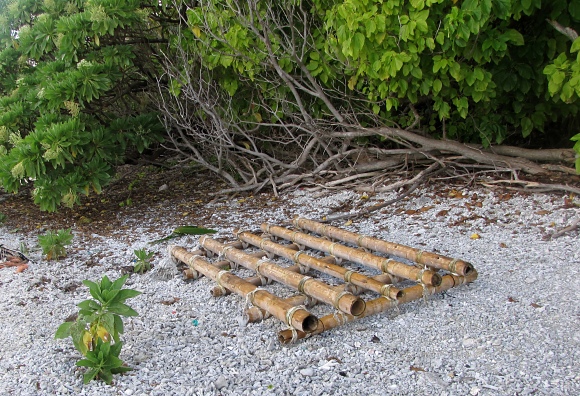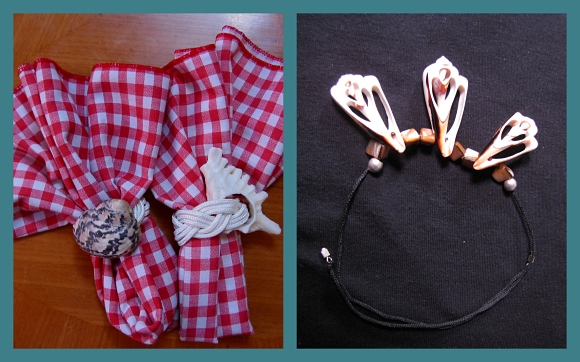Beachcombing
/One of our great pleasures when we're anchored off a beach is to spend hours walking along the shore and beachcombing. We let the water tickle our toes as we wander up and the down the beach for miles, looking for distinctive shells and stones and whatever else the tide might have washed up on the beach.
It seems that each time we walk the beach … even the same one ... the offerings change depending on the direction we're walking and the state of the tide. The more remote the beach, the more interesting the search becomes. The wrack line, the highest point the tide reaches, is usually a bit smelly, but renders lots of good and interesting booty.
Though we've beachcombed a lot over the years, there are a few expeditions that were so special, they stand out more than all the rest. The first was a beach on the west end of the island of Mayaguana in a more remote part of the Bahamas. A yellow coral shelf dominated the long, deserted beach and huge, unbroken shells lay waiting for someone to pay them some attention. Thank goodness we were there.
Another memorable beach was actually a series of beaches on the little islets of Chesterfield Reef in the Coral Sea between Australia and Vanuatu. Few people visit this remote area belonging to New Caledonia. Spider conch and nautilus shells were found here and it was a thrill to find them. The shells are quite large and deciding which ones to keep was a challenge.
We've beachcombed everywhere we've traveled from Captiva Island in Florida ... great for shells, but lots of competition from other beachcombers … to remote islands in Tonga and beaches in South America and South Africa. Each beach has something special to offer. It's not just shells, it's sea glass, sea beans (aka drift seeds), driftwood for carving, pieces of coral, odd bones and unlikely debris that washes ashore like parts of washing machines.
We've spent many a day doing clean-ups on beaches that seem to be magnets for plastic bags, bottles and flip-flops. We found a raft one time and wondered what the story was behind it.
We're well-prepared for these excursions. We stuff net bags into our pockets so that we can rinse the sand and debris out of the shells. We're careful to make sure there are no critters inside. Nothing smells after a week or two like a rotting hermit crab inside a shell. We have small ziploc bags for anything special and out of the ordinary like beach sand samples for friends back home. We wear reef shoes, hats and slather up with plenty of sunscreen. We find that just after low tide is the best; the earlier in the morning the better.
Now what to do with all those shells and other booty we collect. Admittedly, I keep some, but David's tools trump shells, so I have to be careful...the waterline is already in jeopardy. I have an excellent shell identification book
People wonder if we'll ever get bored on the boat. Probably not until we've walked all the beaches.







